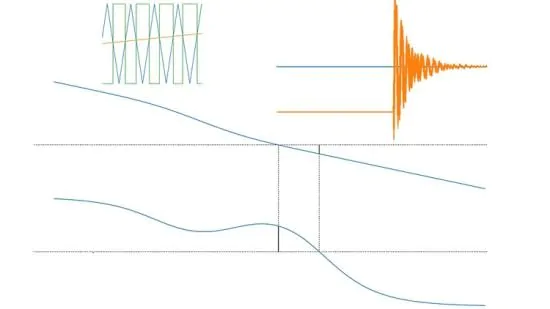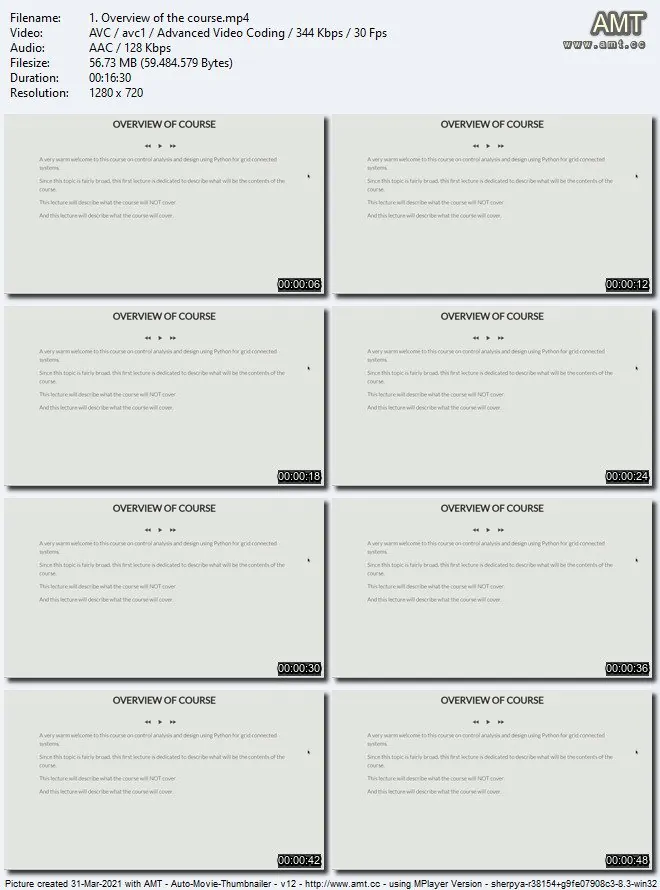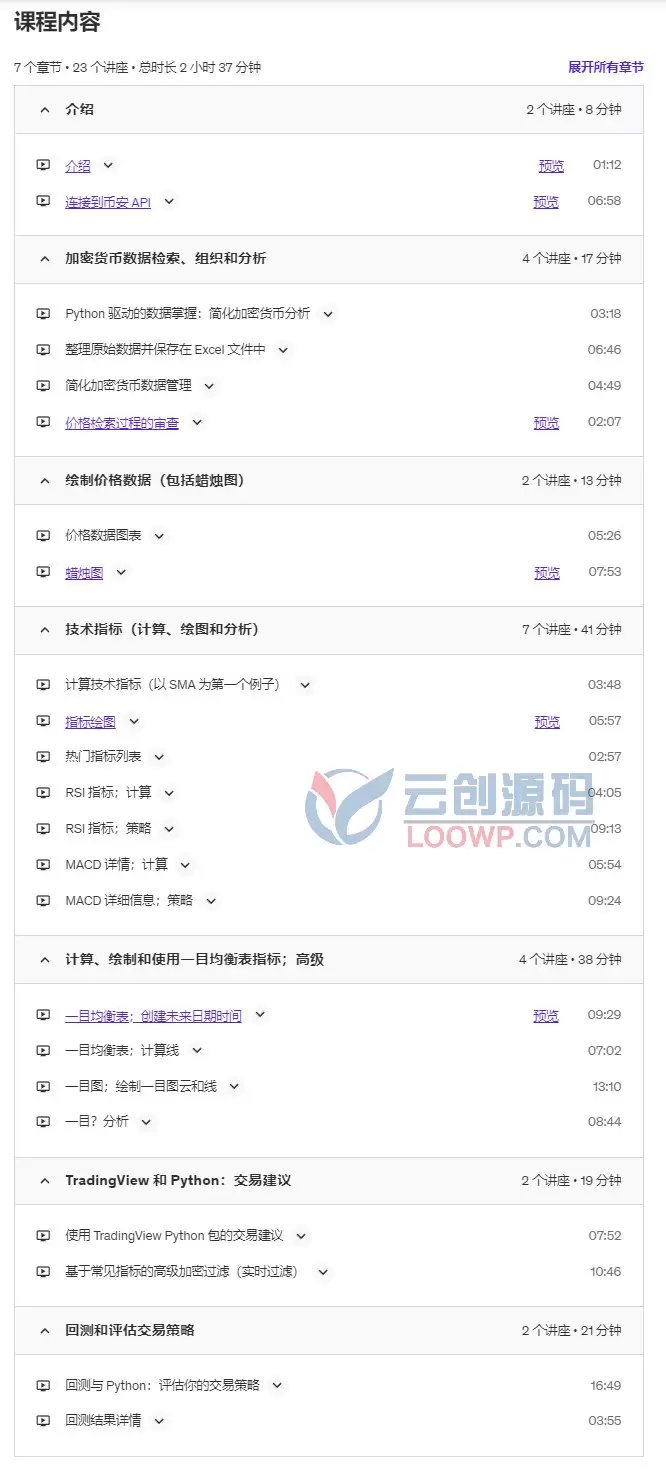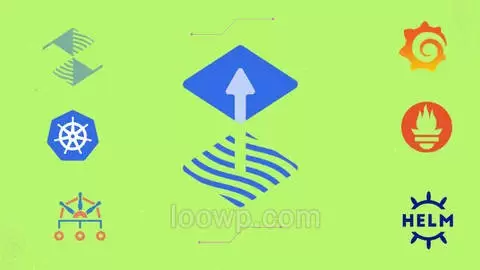
在本课程中,您将学习如何使用Python将连接到网格的转换器表示为闭环传递函数。使用Python软件包,可以设计控制器,并且可以分析最终闭环系统的行为以获得稳态性能和稳定性。分析结果将通过使用Python执行的模拟进行验证。本课程主要针对一直努力为其转换器系统实现控制器的电力电子工程师,因为大多数控制课程与电力电子没有任何特定的联系。本课程是由电力电子工程师为其他电力电子工程师创建的控制课程。该课程中使用的所有软件都是免费和开源的,因此,学生在注册该课程后无需购买任何软件许可证。本课程将深入描述可用于控制系统设计和分析的Python函数和软件包。
为了使本课程对各种背景的学生(包括在职专业人员)有用,课程中的数学内容已降至最低限度,并且重点是提供可在项目中使用的解决方案。本课程将尽可能使用简单的示例来描述理论,以便使所有分析背后的理论易于理解。
MP4 | Video: h264, 1280×720 | Audio: AAC, 44.1 KHz, 2 Ch
Genre: eLearning | Language: English + srt | Duration: 140 lectures (33h 8m) | Size: 9.94 GB
Current control analysis and design using open source tools for power engineering applications
SVIP免费当前隐藏内容需要支付30元
已有30人支付
What you’ll learn:
Basic grid computations such as frequency estimation
Basic control theory
Introduction to python-control package
Transfer function representation for a system
Closed loop systems, feedback paths and controllers
Using Bode plots to interpret system transfer functions
Stability analysis through Bode plots
Reference frame transformation
Controller design through Bode plots
Simulation of controlled systems using Python
Basics of single phase converters
Switching control strategies for single phase converters
Controller design for a grid connected converter
Requirements
Basic electrical engineering network laws
Laplace transform and frequency response of systems
Simulating circuits using Python Power Electronics
Basic Python, Numpy and Matplotlib
Description
In this course, you will learn how to use Python to represent a converter connected to a grid as a closed loop transfer function. Using Python packages, controllers can be designed and the behaviour of the final closed loop system can be analyzed for steady state performance and stability. Analytical results will be verified using simulations performed using Python. This course is primarily for power electronics engineers who have been struggling to implement controllers for their converter systems as most of the controls courses do not have any specific relevance to power electronics. This course is a controls course created by a power electronics engineer for other power electronics engineers. All software used in the course are free and open source and therefore students do not need to purchase any software licenses after enrolling for the course. The course will describe in depth the Python functions and packages that can be used for control systems design and analysis.
To make this course useful for students of every background, including working professionals, the mathematical content in the course has been kept to a bare minimum and the focus is on providing solutions that can be used in projects. The course will describe theory using simple examples as far as possible in order to make the theory behind all analysis easily understandable.
Who this course is for
Undergraduate and graduate students of electrical and electronics engineering
Technicians and hardware engineers in the power engineering domain






